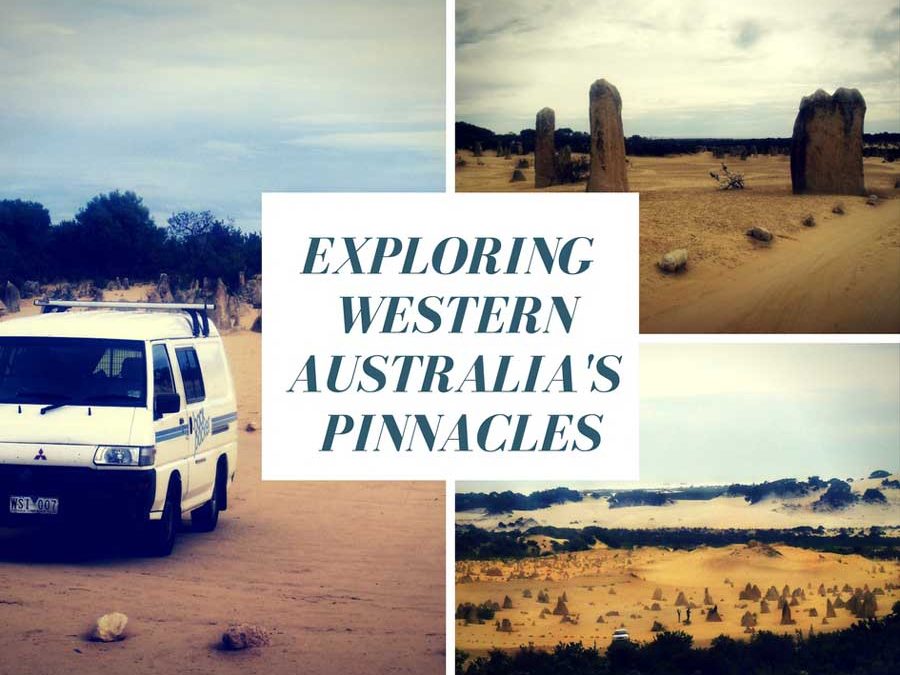
Exploring Western Australia’s Pinnacles
Western Australia is better known for its pristine beaches and warm weather, but there is much more to it than that. The Pinnacles are a great example of WA’s unique offerings. We made it a day trip on its own, or make it an essential stop on your way north along the WA coastline from Perth. We loved seeing The Pinnacles, but it really is a divisive experience. Some love it and others are unfazed by the sights.
The Pinnacles are located halfway between Perth and Geraldton, about a 2 hour drive from either along the coastal highway. You’ll have to pry your eyes away from the beautiful coastal views, but the plus is you will discover one of the most alien landscapes in Australia.
A little background . . .
The Pinnacles are a collection of limestone rock formations, believed to be up to 500,000 years old. However they were only discovered a little over 200 years ago. This suggests that they were formed underground and only became visible when the sands began to erode away.
The yellow pillars reach over 4 metres high and they dot the horizon in all directions. And in the late afternoon sun, the shadows only exacerbate the unusual formation.
Cost
Entry to see The Pinnacles costs $12 (for a car with up to 12 people) and there are two options for those interested in a closer inspection. You can drive the 4km track or explore the area on foot. We enjoyed the drive and stopped several times to wander amongst the formations. For walkers, the path is a more manageable 1.2km but it allows you to get closer to the formations, perfect for photographers.

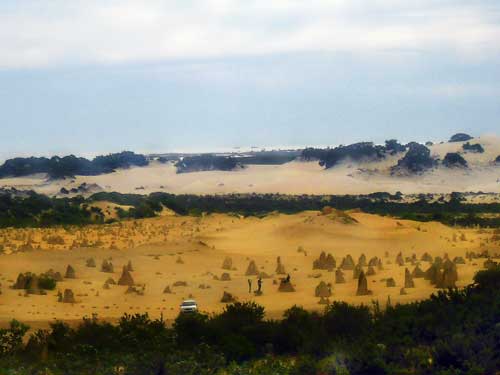
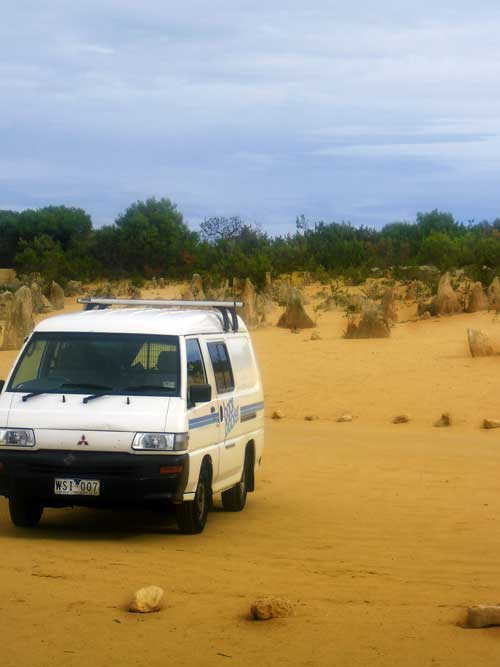
Getting around
If you’re worried about driving on the sand without a 4WD, we urge you not to stress. The pathway is deceptively good and our front wheel drive van managed to get around it easily. And please don’t feel confined to your vehicle, just like the walking path, feel free to get amongst the rock formations and take plenty of photos.
If you’re still nervous, or want an advance screening, this video shows a little Toyota getting around with no issues.
For photographers, we would advise visiting outside of the midday sun. Early in the morning (before 11am) or later in the afternoon when the light is softer and produces more shadows. The Pinnacles are a desert so it does get hot for much of the year. We advise you to avoid the midday hours during the warmer months.
Australian native flowers are in bloom during spring, July to October. We visited during October and didn’t really notice any, although we weren’t actively looking.
You won’t require a great deal of time to explore The Pinnacles, maybe 90 minutes at the most. If you’re making this a day trip, make use of your time in the area and check out some of the beautiful beaches. Alternatively, Cervantes is a short 20 minute drive away which is perfect for a bite to eat and a relaxing swim. There are some pristine, white sand beaches around the area, but it is a fairly well kept secret.


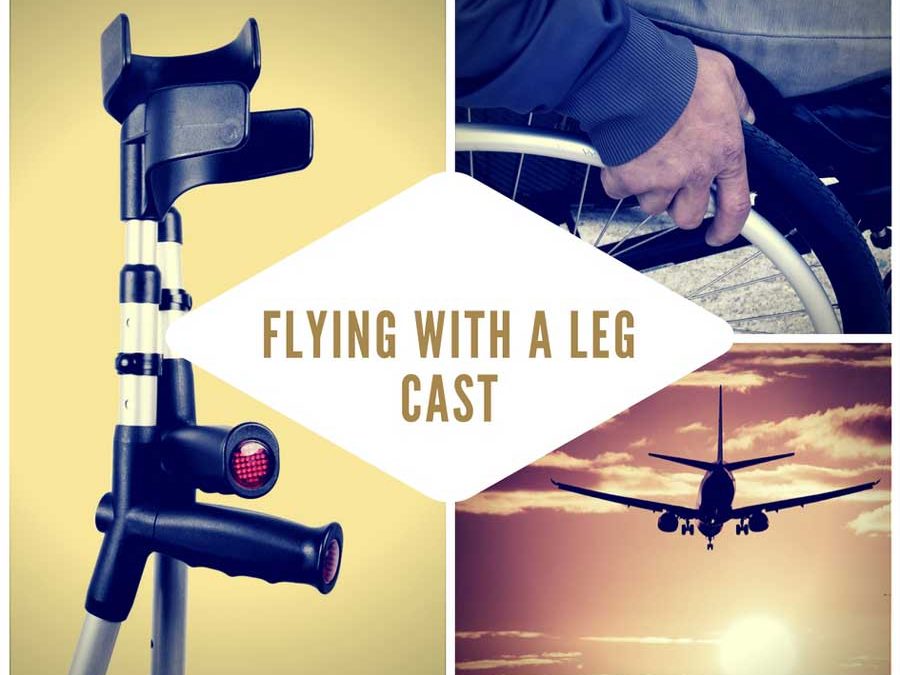


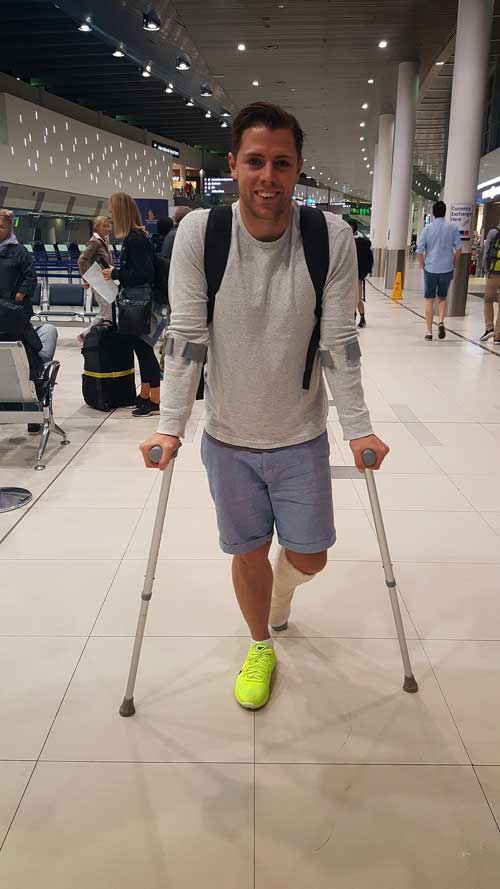

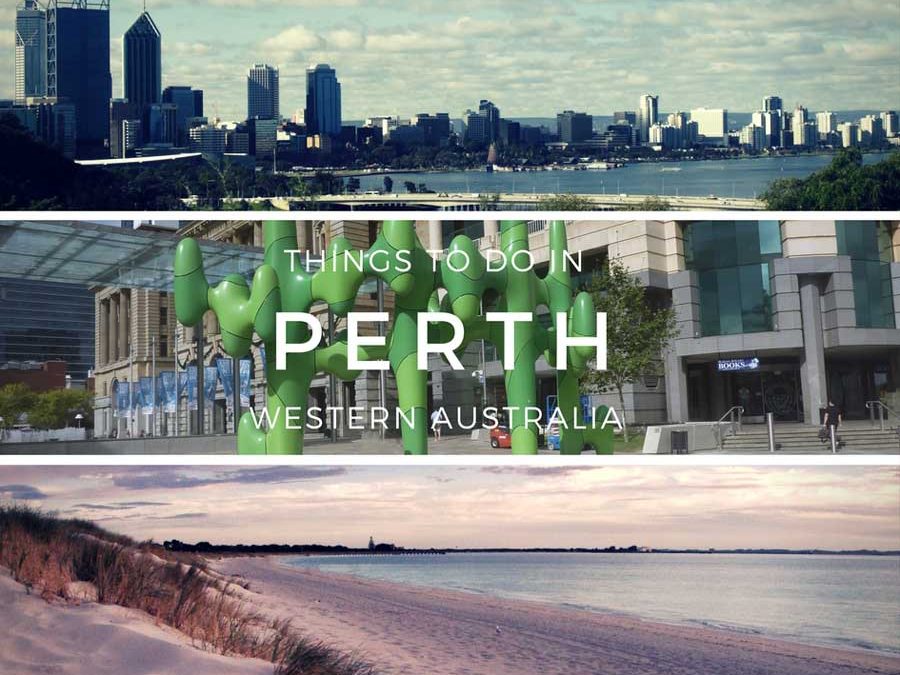

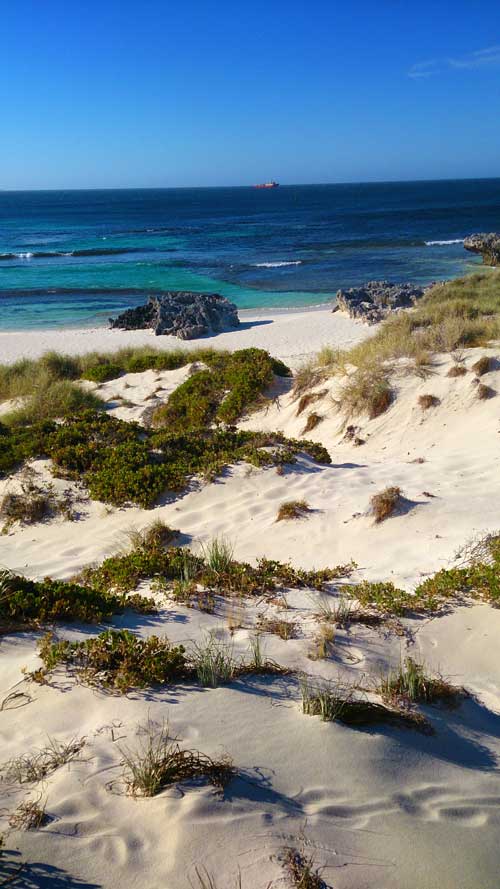
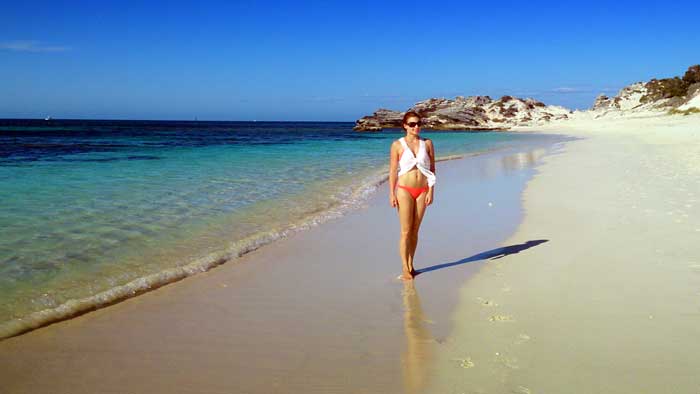
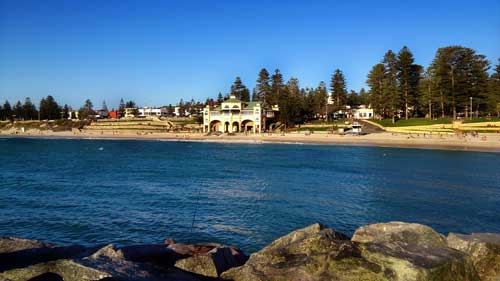

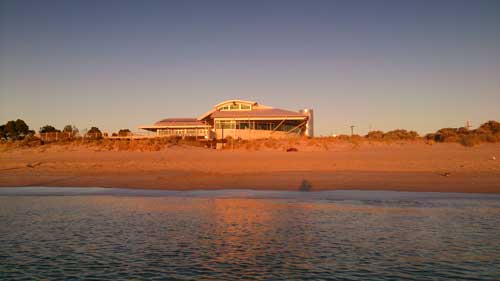
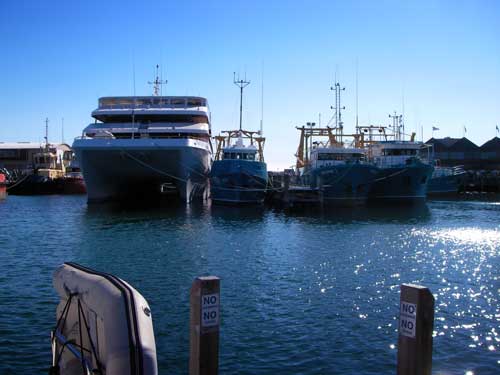
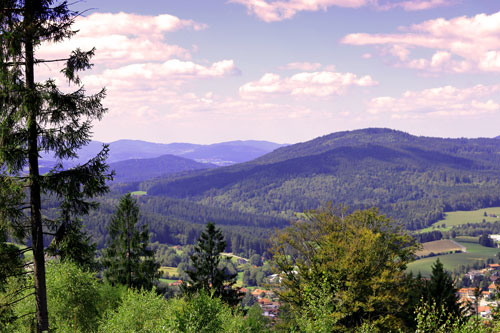






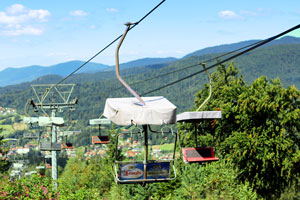
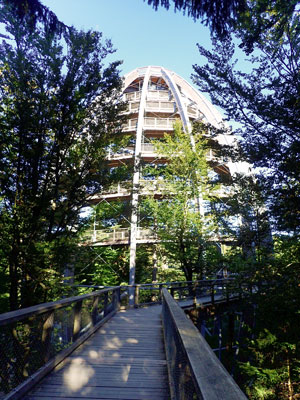
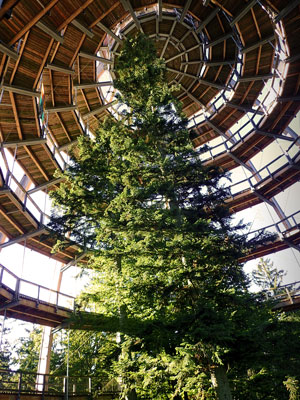
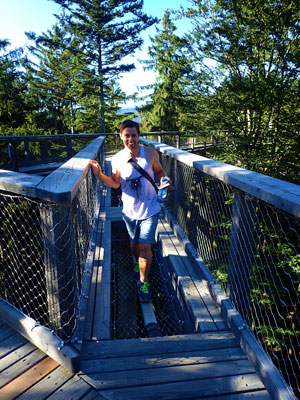
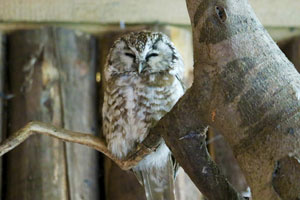


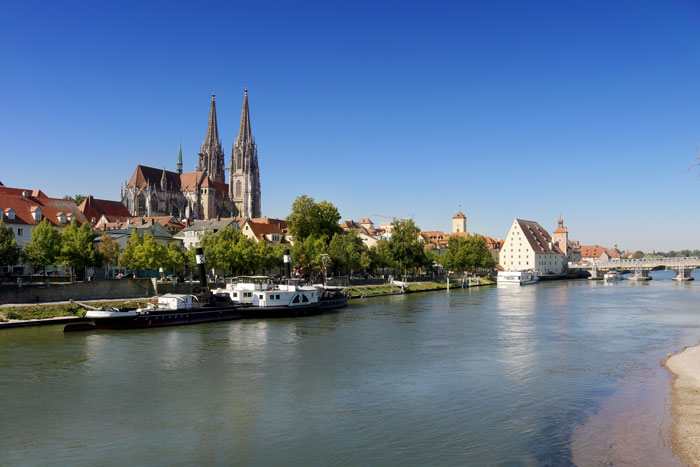
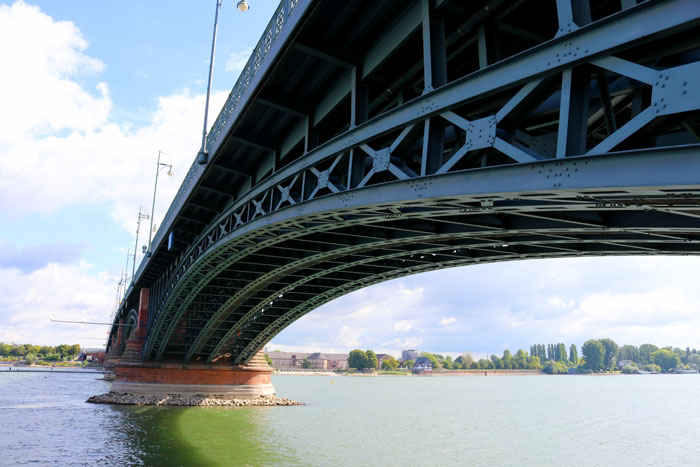



 Daniel & Nadine
Daniel & Nadine 